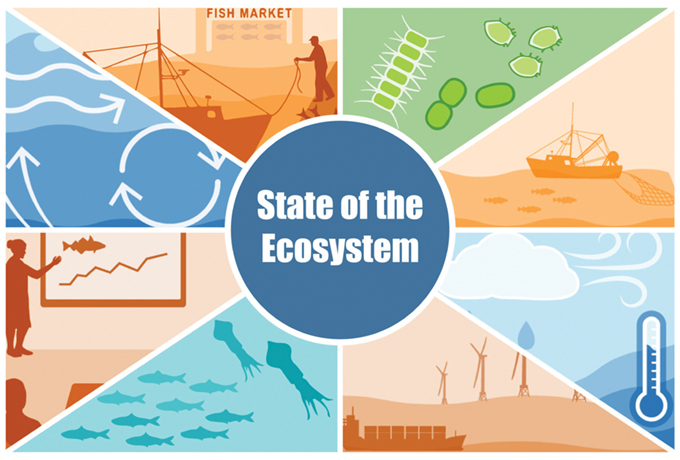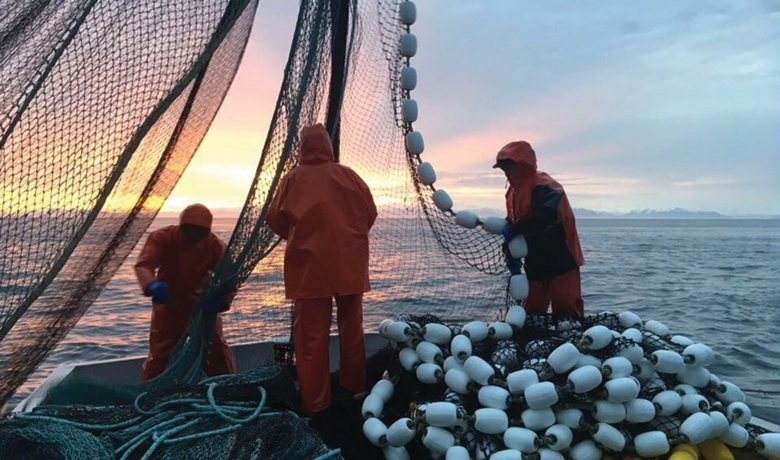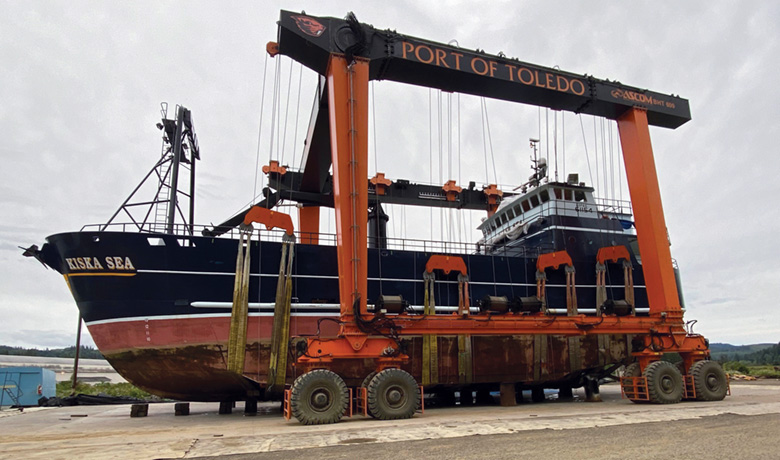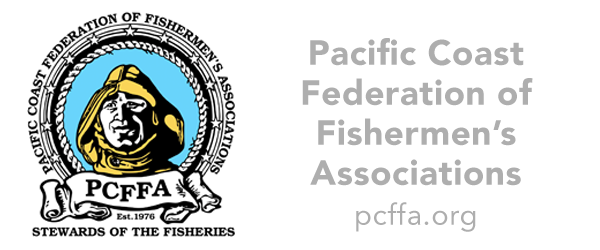New Anchovy Protections Seen as Boost for Ocean Health
A new management framework for the anchovy population adopted in November by the Pacific Fishery Management Council (PFMC) goes into effect in January, requiring a regular review of anchovy numbers and adjusting catch levels as needed based on annual abundance surveys and other information.
The independent non-profit Pew Charitable Trusts hailed that change as a more responsive, holistic management approach, which will benefit more than 50 species of marine wildlife, from albacore tuna and Chinook salmon to least terns and humpback whales.
The PEW report notes that fishery managers had for years used fixed-catch limits, no matter how much the anchovy population or ocean health declined. In addition, for more than two decades, management of California’s anchovy population was based on i...






